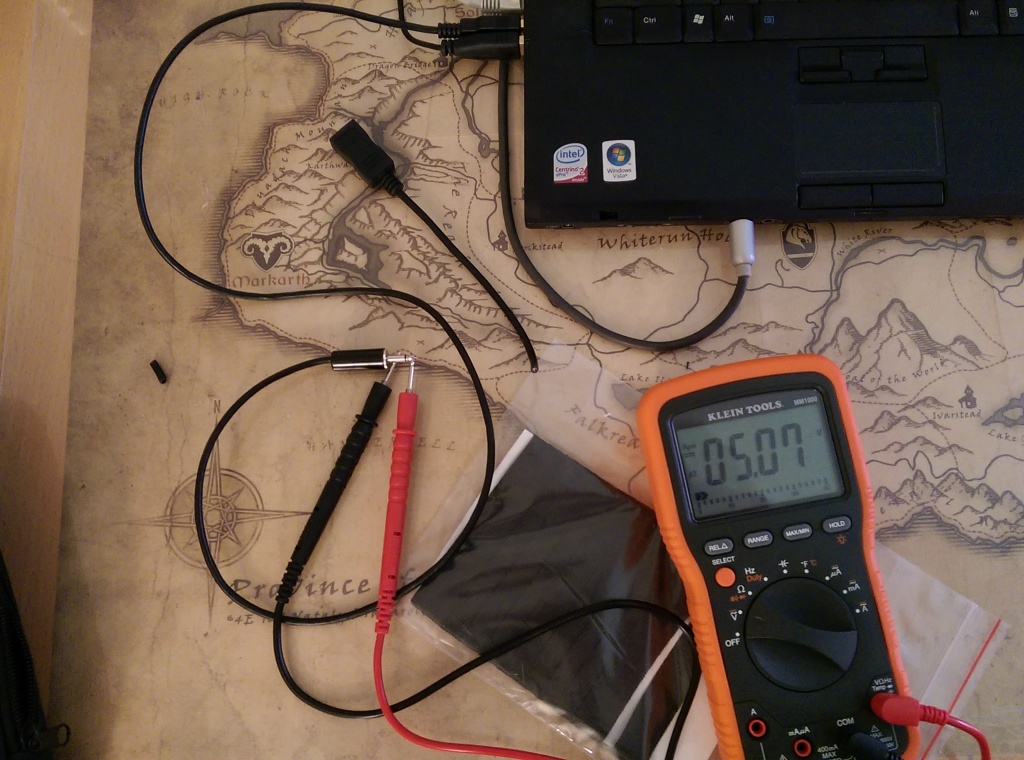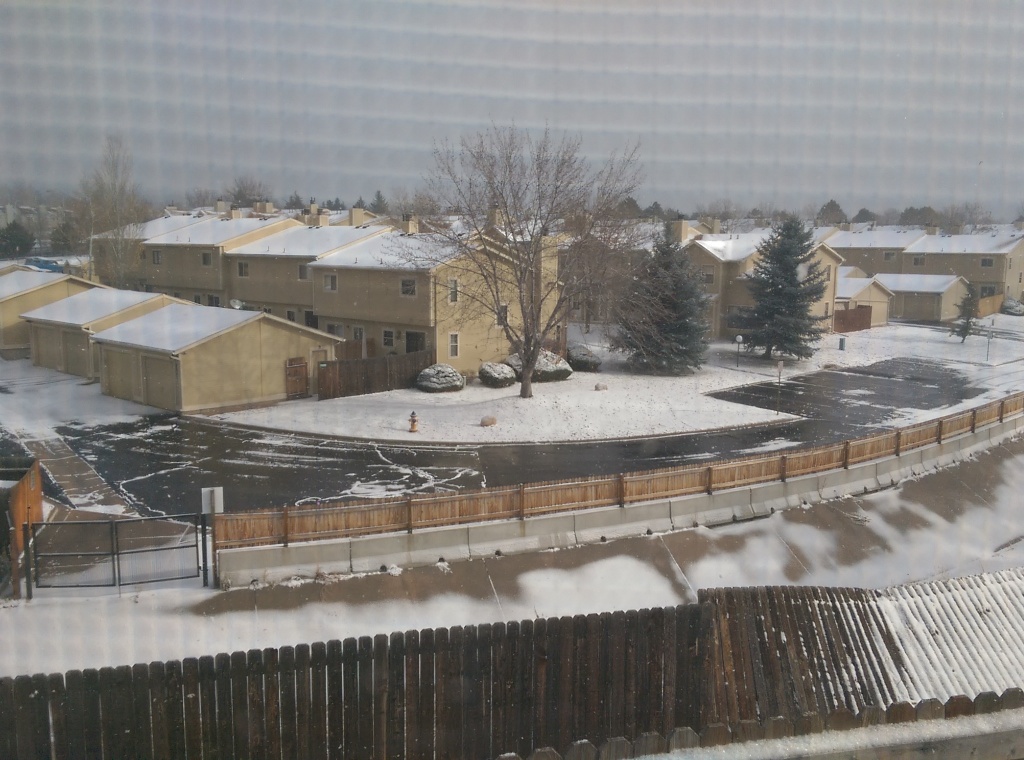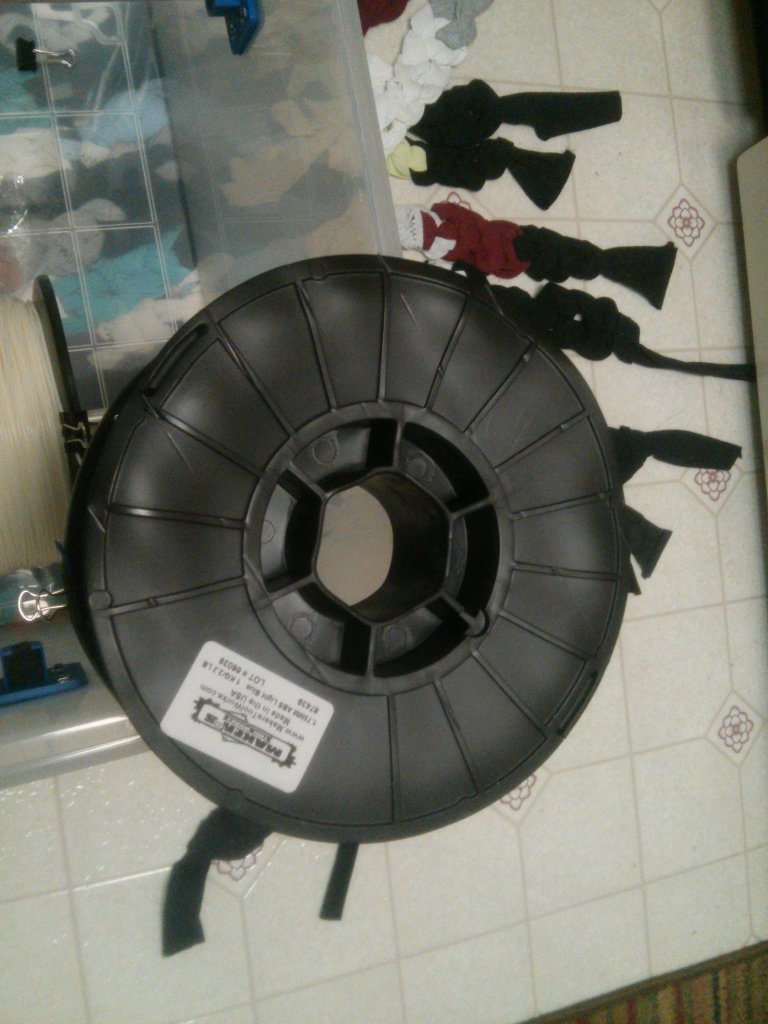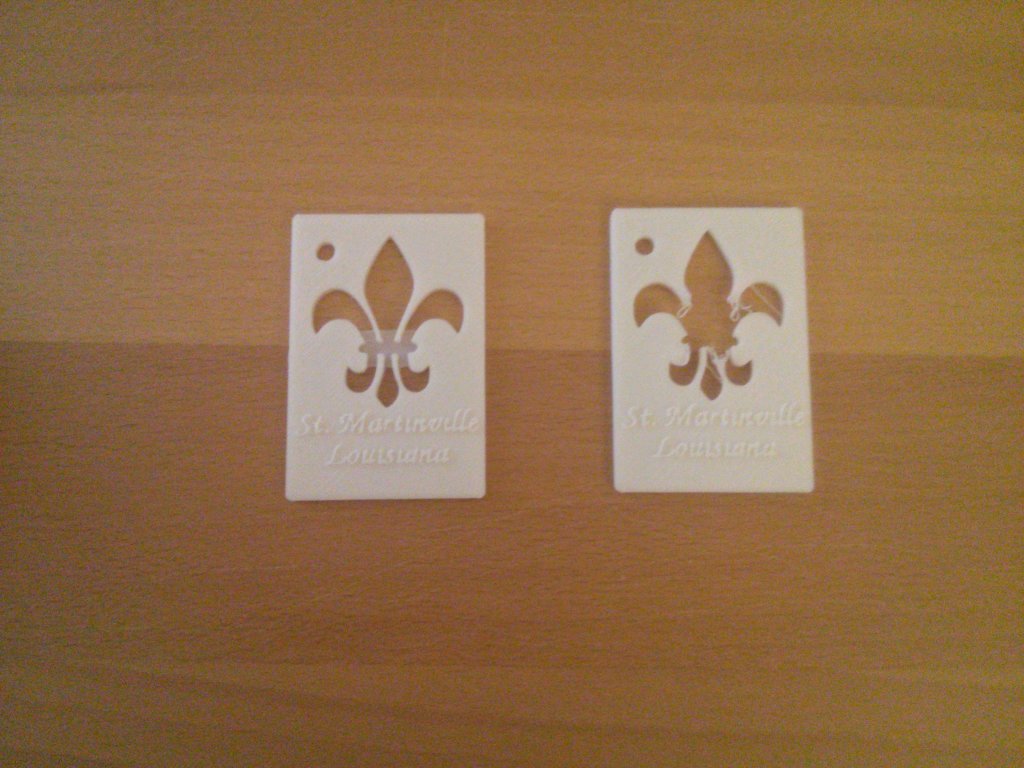Radioshack failed me this evening: they don’t sell micro usb jacks, and when it came down to it they sell the plugs but not the jacks for the smaller variants of barrel power connectors. They do sell 1/8″ mono headphone jacks and plugs, and as far as I could find that was the smallest plug/jack combination I could get (prioritizing small for the jack).
For context: a while back I got some of this stuff with the intent of making heated gloves or at least hand/wrist warmers. It was cold enough this week to make me think about that project again, but I need a power source.
Micro usb seemed like a great idea: if I’m at a computer I can plug it in there (probably for low current, but it shouldn’t be all that cold if I’m sitting at a computer), or I could use my car phone charger (don’t know the current, but it would be better than nothing), and for a portable solution I could cut the end off a usb cable and wire it to a battery (I certainly have enough usb cables…). I’m seriously considering ordering micro usb plugs from sparkfun, but I think I’ll need a more final solution including something to mount the plug to for it to last. In the meantime, headphone jacks will have to do.
Along with my headphone jacks I bought a sacrificial usb extension cord to modify (extension so I would have a usb female plug to make a usb battery pack out of if I ever feel the need). Here’s the completed modification:
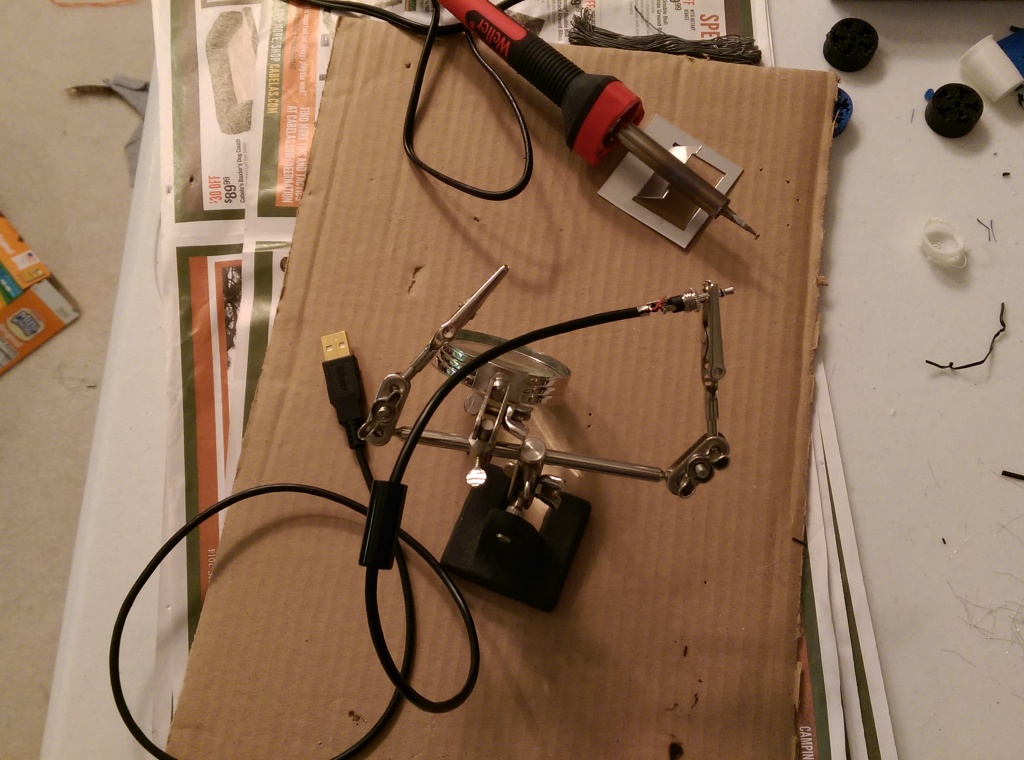
I’m fairly certain that it’s a bad idea to have power run to this type of plug (hence the post title) because:
- it’s easy to short across two exposed and side-by-side contacts
- what happens if you pump 5V DC into a headphone jack?
At any rate, this is intended to be a temporary solution while I’m prototyping this. Ideally I’ll find a better solution and order parts at some point.
I didn’t actually measure it, but my laptop put out enough current to very noticeably warm a 6-8 inch length of the heat tape. That means I’ve got all the pieces I need to make this work, next step is to figure out how to either 3d print or sew a glove to wire for heat.
